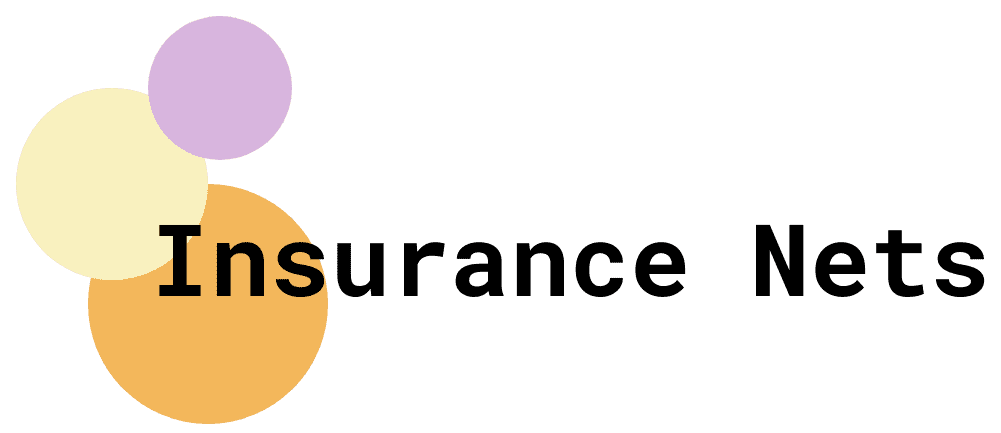Introduction: The Shield for Homeownership – Mortgage Insurance
For many, buying a home is a lifelong dream, but it often comes with financial responsibilities. Mortgage insurance, a valuable safeguard, can help you achieve that dream while protecting your investment. In this comprehensive guide, we’ll delve into the world of mortgage insurance, understanding what it is, how it works, the types available, and its significance in securing your home and financial future.
Understanding Mortgage Insurance
Mortgage insurance is a financial product that protects lenders in case borrowers default on their mortgage payments. It’s typically required when the down payment on a home is less than 20% of the property’s value. This insurance mitigates the lender’s risk, making it easier for borrowers to secure loans with smaller down payments.
How Mortgage Insurance Works
The mechanics of mortgage insurance are relatively straightforward:
1. Policy Initiation
When you secure a mortgage with a down payment of less than 20%, your lender may require you to obtain mortgage insurance.
2. Premium Payments
You pay a monthly or annual premium for the mortgage insurance coverage. The cost is typically based on the size of your down payment, the loan amount, and the type of mortgage insurance policy.
3. Lender Protection
If you default on your mortgage payments and the lender faces financial losses due to foreclosure, the mortgage insurance policy provides reimbursement to the lender for the outstanding loan balance.
4. Borrower Benefits
While mortgage insurance primarily protects the lender, it benefits borrowers by allowing them to secure a mortgage with a smaller down payment, potentially reducing upfront costs.
Types of Mortgage Insurance
There are different types of mortgage insurance, depending on the loan program and the lender’s requirements:
1. Private Mortgage Insurance (PMI)
PMI is typically required for conventional loans when the down payment is less than 20%. It’s provided by private insurance companies and can be canceled once you reach a specified loan-to-value ratio.
2. FHA Mortgage Insurance Premium (MIP)
FHA loans, insured by the Federal Housing Administration, require borrowers to pay an upfront MIP premium and an annual MIP premium for the life of the loan.
3. USDA Mortgage Insurance
USDA loans, designed for rural and suburban homebuyers, require upfront and annual guarantee fees, similar to MIP for FHA loans.
4. VA Funding Fee
VA loans, available to eligible veterans and active-duty service members, require a funding fee that can be financed into the loan amount.
The Significance of Mortgage Insurance
Mortgage insurance plays a crucial role in homeownership for several reasons:
1. Increased Accessibility
Mortgage insurance makes homeownership attainable for borrowers who may not have the means to make a substantial down payment.
2. Lender Protection
It shields lenders from financial losses in the event of borrower default, reducing their risk when extending loans.
3. Flexible Financing
Mortgage insurance allows borrowers to secure favorable financing terms, including lower interest rates, with smaller down payments.
Choosing Mortgage Insurance
When obtaining mortgage insurance, consider the following factors:
1. Loan Type
Different loans require specific types of mortgage insurance, so be aware of the requirements associated with your chosen loan program.
2. Premium Costs
Understand the cost of mortgage insurance, including upfront premiums and ongoing premium payments, to assess its impact on your monthly expenses.
3. Cancellation Options
For PMI, determine when and how you can request cancellation once your loan-to-value ratio improves.
Conclusion
Mortgage insurance is a vital tool that enables aspiring homeowners to realize their dreams of homeownership. By understanding the basics of mortgage insurance, including its types, significance, and associated costs, you can make informed decisions and embark on your homeownership journey with confidence and financial protection.



